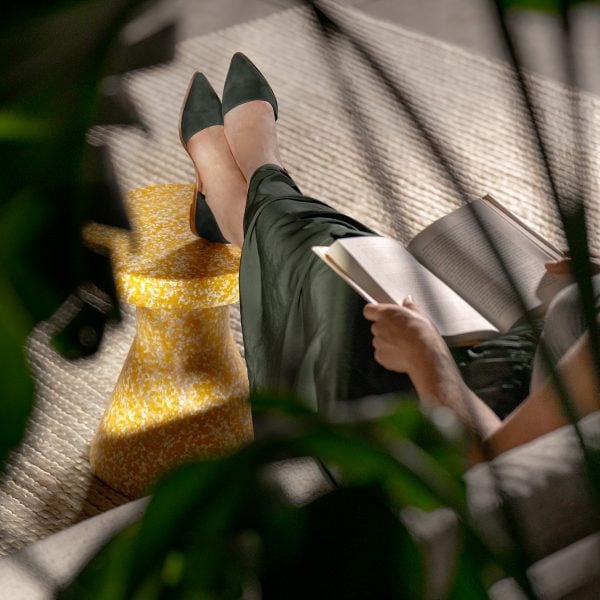[ad_1]
Promotion: Allsteel is putting inclusivity at the heart of its design strategy, with products and applications that improve the office experience for people with disclosed as well as invisible disabilities.
The American workplace design company is increasingly thinking about acoustic solutions that create quiet spaces and furniture that accommodates movement, the company has said.
Colour, lighting and scent are other elements featuring in its design approach as it looks at the experience for people with invisible disabilities.
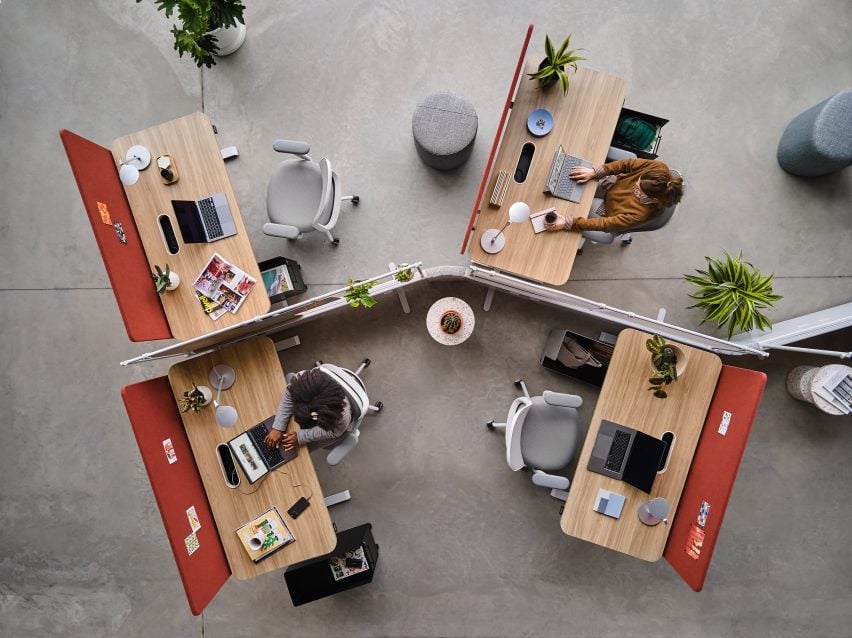
“Inclusive design considerations can foster a sense of welcomeness and help support a diverse workforce,” wrote Dr Lauren Gant, Allsteel’s senior workplace advisory manager in a recent blog post.
“The assumption may be that these considerations only benefit a specific demographic. With this assumption, one could easily ruminate on what the point is if all this work only benefits a few.”
“However, inclusive design considerations have the potential to benefit all,” Gant continued.
“With thoughtful integration of design principles throughout the workplace, inclusive design can foster a sense of wellbeing whether individuals require adaptations, or they are simply trying to find productive workspaces.”
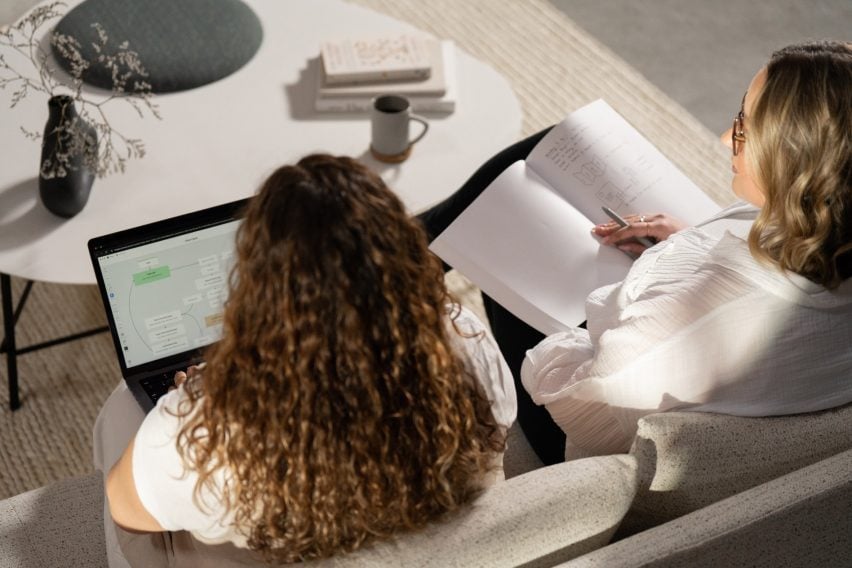
Gant said the nature of invisible disabilities, also known as hidden disabilities, means they can’t immediately be detected by looking or talking to a person.
They can include some physical disabilities, such as chronic pain or living with a stoma, but also include disabilities that affect the mind, such as ADHD, autism or mental health conditions among other conditions.
“We’ve become well-versed at considering physical differences through considerations for adjustability, ergonomics, and ADA,” said Gant.
“We are now focusing on how we create more inclusive spaces for a broader rage of diversity. These can include differences in how we think, learn, and respond to stimulation.”
An accommodation that is often recommended for people on the autism spectrum is to do with acoustics and auditory stimulation. Because neurodivergent individuals can experience hypersensitivity to sights, sounds, smells, tastes or touch and enter “sensory overload”, the thrum of a busy open office can have a more negative impact on people with autism than others if not controlled or planned for.
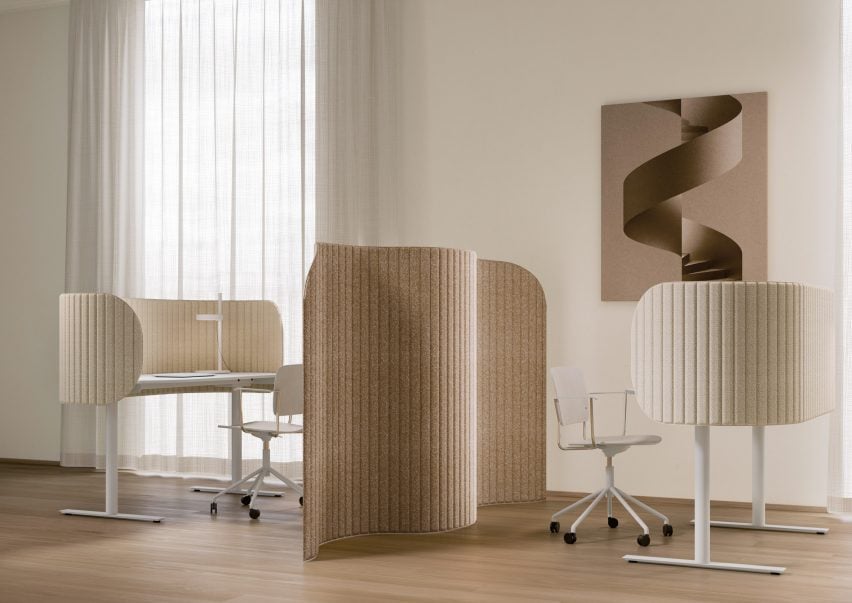
This is where the use of sound-dampening furniture and installations can make a difference when used thoughtfully whether to zone off quiet areas or dull background noise in open environments.
Here, Allsteel foregrounds the products of Swedish brand Zilenzio, which range from soft, enclosed seating to focus pods, panels, screens and dividers.
Another highlighted consideration to foster inclusivity is around movement. Although the traditional expectation around focused work is that a person will keep still, some people with autism or ADHD will use rocking or other fidgeting movements to help keep themselves grounded and concentrating.
This is why Allsteel features the Rock lounge chair by Rainlight Studio – an egg-shaped chair that enables the sitter to partake in a fun rocking motion while either relaxing or working.
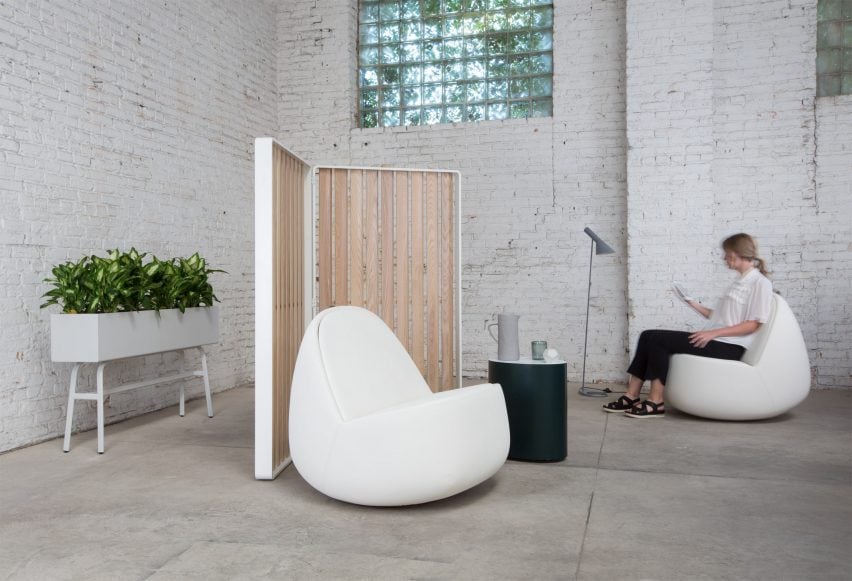
Both the Zilenzio range and Rock chair are examples of the “curb-cut effect” – named after the curb-cut or ramp transitions from the pavement to the street. Although these were introduced with the primary intention of providing access for wheelchair users, it was soon understood that nearly everyone preferred using curb-cuts.
Similarly, everyone benefits from seating designs such that eliminate static postures and create a culture where movement is common and accepted.
“The curb-cut effect is an excellent example of how considerations for inclusive design often have wide-reaching benefits,” said Gant.
With this in mind, Allsteel advocates not that employers dig into each person’s specific needs prior to design, but respect that people with invisible disabilities may choose not to disclose their conditions.
Instead, employers should practice empathy and imagine that there is a wide range of experiences and internal states among their staff, and create an office design that makes employees feel “safe” and allows them the flexibility to choose between a variety of spaces and furniture, such as a breakout space created with Rainlight Studio’s Peak lounge seating.
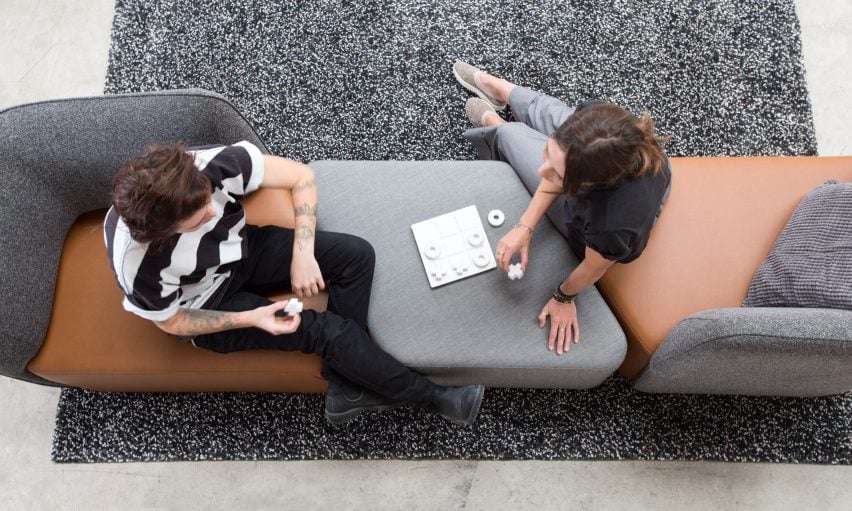
Allsteel’s approach to inclusive design also encompasses trauma-informed design, which recognises that people carry around their past experiences in the present and focuses on constructing spaces such as quiet rooms where they can recover and regulate their emotions at times of overwhelm.
“Trauma-informed design does not require us to understand specifics about the conditions or histories that have produced any individual’s needs,” said Allsteel senior workplace advisory manager Jordan Arnold. “However, it does require that we have an understanding that these needs exist and are real.”
“With thoughtful integration of design principles throughout the workplace, inclusive and trauma-informed design can foster a sense of wellbeing, whether individuals require adaptations, or they are simply trying to find productive workspaces.”
For more information about Allsteel and inclusive design, visit the company’s website.
Partnership content
This article was written by Dezeen for Allsteel as part of a partnership. Find out more about Dezeen partnership content here.
[ad_2]
Source link

